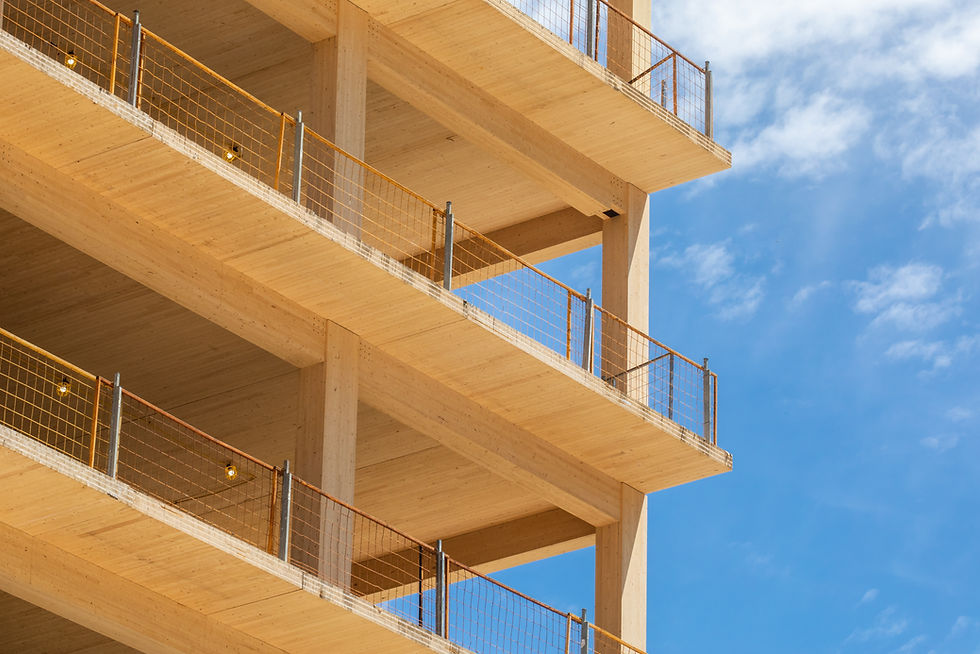A Greener Future for Office Spaces
- Christopher Hurley
- Jan 24, 2024
- 2 min read

In the hustle and bustle of modern office life, the concept of bringing nature into commercial spaces is gaining momentum. With the increasing recognition of the impact of the built environment on well-being and productivity, architects and designers are exploring innovative ways to integrate nature into office and commercial construction. This emerging trend, known as biophilic design, not only enhances the aesthetic appeal of spaces but also contributes to the overall well-being of occupants.
Biophilic design is rooted in the idea that humans have an innate connection with nature. By incorporating natural elements into the built environment, designers seek to create spaces that mimic the outdoors, fostering a sense of calmness and connection. From living walls to indoor gardens, the possibilities for integrating nature are diverse and customizable to suit various spaces.
Benefits of Biophilic Design in Offices
a. Improved Well-being: Studies have shown that exposure to nature reduces stress levels and promotes a sense of well-being. Bringing elements like plants and natural light into offices can positively impact employees' mental and physical health.
b. Increased Productivity: Biophilic design has been linked to enhanced cognitive function and creativity. Employees working in spaces with natural elements tend to be more productive and innovative, leading to a more dynamic work environment.
c. Enhanced Air Quality: Indoor plants act as natural air purifiers, contributing to improved air quality. Integrating greenery into office spaces not only adds visual appeal but also creates a healthier atmosphere for everyone.
Creative Implementation Ideas
a. Green Walls: Vertical gardens or living walls covered in lush vegetation can transform plain walls into vibrant, living artworks. These not only add a touch of nature but also serve as excellent space dividers.
b. Skylights and Natural Light: Maximizing natural light through skylights and large windows not only reduces the need for artificial lighting but also connects occupants with the changing patterns of daylight, promoting circadian rhythm.
c. Indoor Gardens and Atriums: Designing interior spaces with dedicated garden areas or atriums allows employees to enjoy a serene, green environment without leaving the building. These spaces can serve as retreats for relaxation and collaboration.
As the world embraces sustainable and people-centric design, incorporating nature into office and commercial construction is a promising avenue for creating healthier, more inspiring spaces. Biophilic design not only addresses the well-being of occupants but also aligns with a broader movement towards environmentally conscious and sustainable practices in architecture and interior design. The future of workspaces is green, vibrant, and seamlessly integrated with the natural world.




Comments